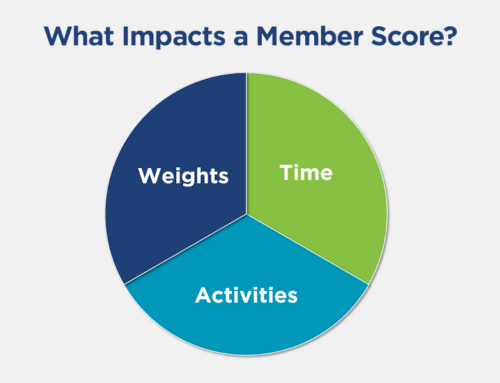Everyone wishes for a crystal ball when confronting big decisions. Predictive analytics can be your association’s way of seeing into the future with no fortune teller required. Predictive analytics takes your existing data and determines patterns and trends. You can then use this information to predict possibilities for the future. Instead of relying solely on instinct for decisions, you can use data to approach and support them logically.
There are two phases to predictive analytics: descriptive statistics and inferential statistics. Descriptive statistics are exactly as they sound, they describe your existing data. Inferential statistics allow you to take the information you already have and use that information to help you make inferences among a larger group. In order to move into inferential statistics, you must spend time on description statistics first. For example, if you had an event that has 14,000 attendees and you wanted to know what topics are of the highest interest, you could sample a small cross-section of attendees and collect their feedback on topics and then based on their feedback (descriptive), make predictions (inferences) about topic interests of the larger group.
One of the most important things to understand about descriptive analytics is that because you are dealing with business data, not scientific, the accuracy of your data will never be 100%. This should not stop you! In the business world we’ll never have perfect data. During this phase of analysis you to spend time determining what data you have, how it all interacts together and summarize what you know.
To move into inferential statistics, you determine your dependent and independent variables. Dependent variables are what you are trying to test, e.g. retention, registration, etc. Independent variables are what you believe are influencers, e.g. member type, age, etc. When moving into inferential statistics we recommend tools like SPSS or R, which integrate with Tableau to help you create and evaluate your models. When we do this work with clients, we determine their independent variables based on the results of the descriptive statistics. We then use this model to see if it correctly predicts events that have already occurred. As we run our models, we find out if our initial assumptions about influencers are correct and adjust as needed. This is a very iterative process.
Once we have a created a solid predictive model, it is used to predict future trends and patterns and address issues like membership retention, publishing schedules, and revenue streams. The next time you’re asked to play Carnac the Magnificent of your association, you’ll have the data to guide your association safely into the future!





